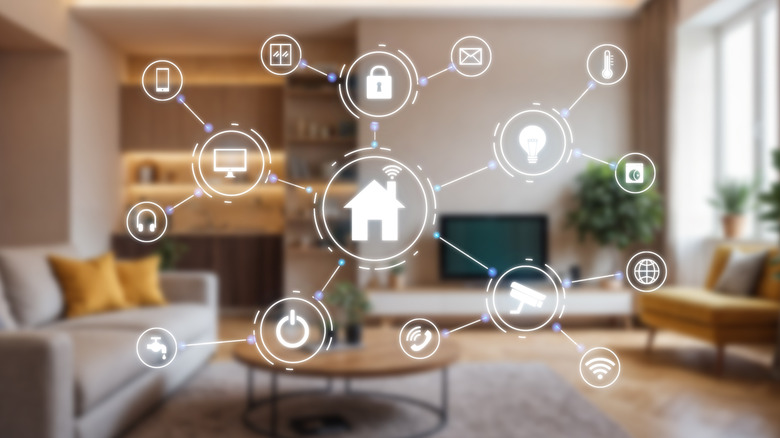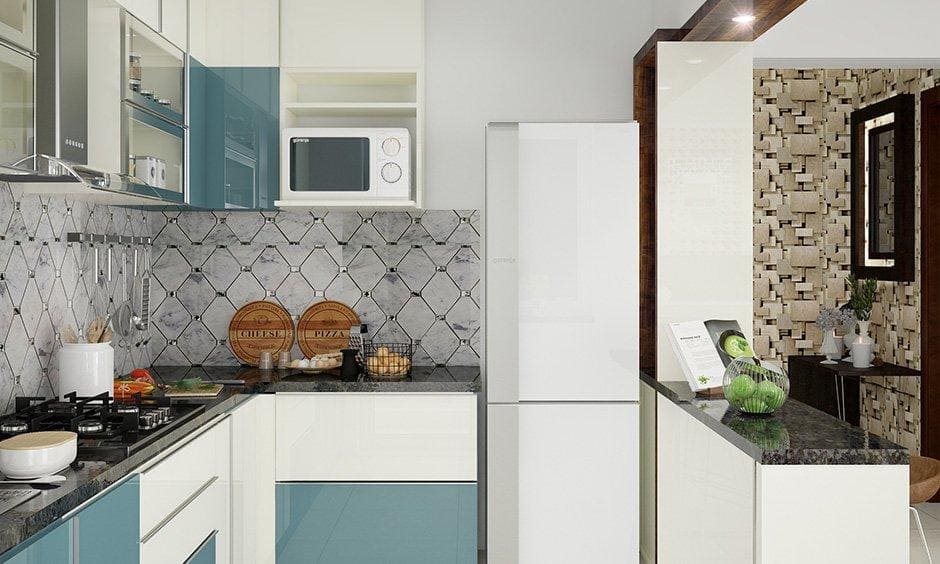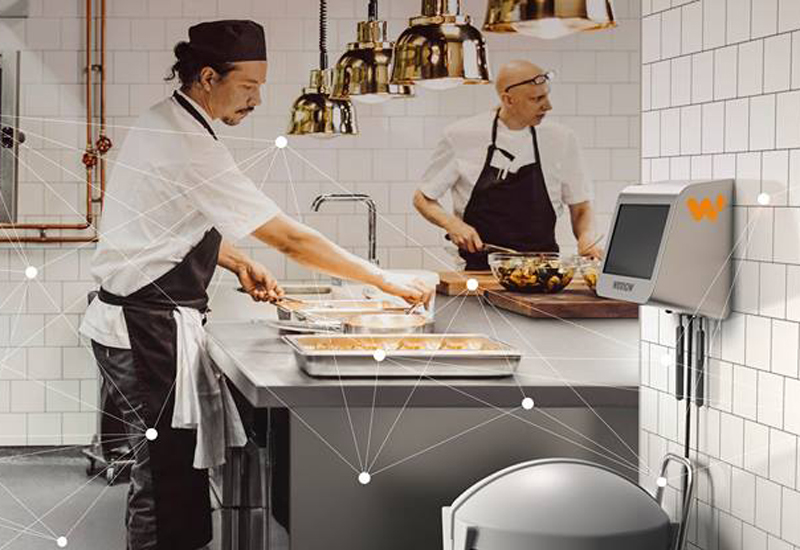In the rapidly evolving world of smart homes, two prominent technologies are making waves: cloud computing and edge computing. As more homeowners integrate smart devices into their daily lives, understanding the distinction between these two computing paradigms becomes crucial. This article delves into the nuances of cloud vs edge computing in smart homes, offering insights into which might be the superior choice for modern households.

Understanding Cloud Computing in Smart Homes
Cloud computing refers to the delivery of various services over the internet. In the context of smart homes, it means that data from smart devices is stored and processed on remote servers. This method offers numerous advantages, including scalability and accessibility, but also poses certain challenges such as latency and security concerns.
Exploring Edge Computing in Smart Homes
Unlike cloud computing, edge computing processes data closer to where it is generated, typically on the device itself or a nearby server. This approach reduces latency and can improve the performance of smart home devices. However, edge computing might lack the expansive storage capabilities of the cloud.
Key Differences Between Cloud and Edge Computing
- Latency: Edge computing offers lower latency as data is processed locally, whereas cloud computing may experience delays due to data traveling to remote servers.
- Security: Cloud computing can be susceptible to cyber threats, while edge computing may provide enhanced security by keeping data local.
- Cost: Cloud services often involve ongoing subscription fees, while edge computing may require a higher initial investment in hardware.
The Role of IoT in Smart Homes
The Internet of Things (IoT) is a cornerstone of smart home technology. It connects devices, allowing them to communicate and operate seamlessly. Both cloud and edge computing play vital roles in supporting IoT functionality, but their effectiveness can vary based on the specific application and environment.
Benefits of Cloud Computing for IoT
Cloud computing provides vast storage and computational resources, facilitating the management of large volumes of data generated by IoT devices. This can be particularly beneficial for applications like automated cleaning systems, as detailed here.
Advantages of Edge Computing for IoT
Edge computing can significantly reduce the time it takes for IoT devices to respond to commands. This is crucial in scenarios where real-time processing is essential, such as with smart smoke alarms, as explained here.
Cloud vs Edge Computing: Which is More Secure?
Security is a major concern for smart home owners. While cloud computing centralizes data, making it a target for cyber-attacks, edge computing decentralizes data, potentially offering a more secure solution. Homeowners must weigh these security considerations when deciding between the two.
Data Privacy Concerns
With cloud computing, data privacy can be a significant concern as information is stored on third-party servers. Edge computing, conversely, keeps data closer to home, which might alleviate some privacy issues.
Cost Implications of Cloud and Edge Computing
The financial aspect cannot be overlooked when considering cloud vs edge computing in smart homes. Cloud computing might involve ongoing expenses for storage and services, while edge computing could require substantial upfront investment in hardware. Homeowners should consider their budget and long-term needs when making a choice.
Performance Considerations in Smart Homes
Performance is another critical factor. Edge computing might offer faster response times due to local data processing, which can be advantageous for certain smart home applications. However, the expansive resources of cloud computing can support more complex processes without the need for local infrastructure.
Integration with Existing Smart Home Systems
Integrating either computing model with existing smart home systems can be challenging. The compatibility of new technologies with current systems, such as home automation protocols, is crucial. More insights on this integration can be found here.
Environmental Impact of Cloud and Edge Computing
Environmental sustainability is increasingly important. Cloud computing facilities consume substantial energy, whereas edge computing can reduce energy consumption by processing data locally. Homeowners interested in reducing their carbon footprint might consider edge computing as a more eco-friendly option.
Future Trends in Smart Home Computing
The future of smart home computing is exciting, with advancements in both cloud and edge computing on the horizon. As technology evolves, smart homes will become more intuitive and efficient, offering greater convenience and control to homeowners.
Emerging Technologies
Emerging technologies like artificial intelligence and machine learning are set to play significant roles in enhancing both cloud and edge computing capabilities. These advancements could further blur the lines between the two, creating hybrid models that leverage the strengths of each.
Conclusion: Making the Right Choice for Your Smart Home
Choosing between cloud and edge computing for smart homes depends on various factors, including security, cost, performance, and personal preferences. By understanding the pros and cons of each, homeowners can make informed decisions that best suit their needs and lifestyle.

FAQs
What is the main difference between cloud and edge computing?
The primary difference is where data processing occurs. Cloud computing processes data on remote servers, while edge computing processes data locally on devices or nearby servers.
Is edge computing more secure than cloud computing?
Edge computing can offer enhanced security by keeping data local, reducing the risk of data breaches associated with centralized cloud storage.
Which is more cost-effective: cloud or edge computing?
The cost-effectiveness depends on the specific application and usage. Cloud computing may have ongoing costs, while edge computing might require higher initial hardware investments.
For more detailed insights on home automation and its benefits, consider checking out this [resource](https://www.igs.com/energy-resource-center/energy-101/the-benefits-of-home-automation) from IGS Energy, which offers an in-depth look at the advantages of home automation technologies.





